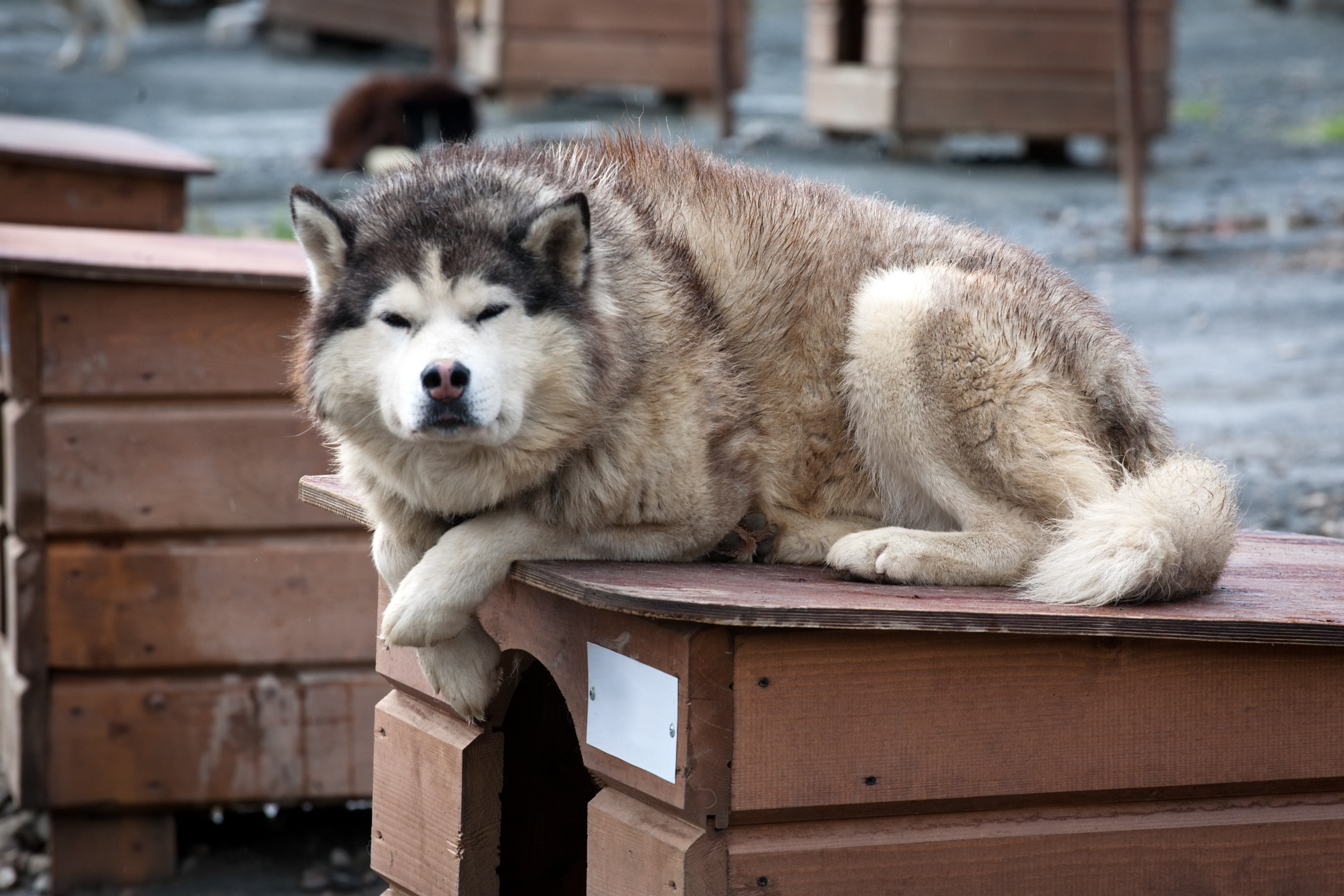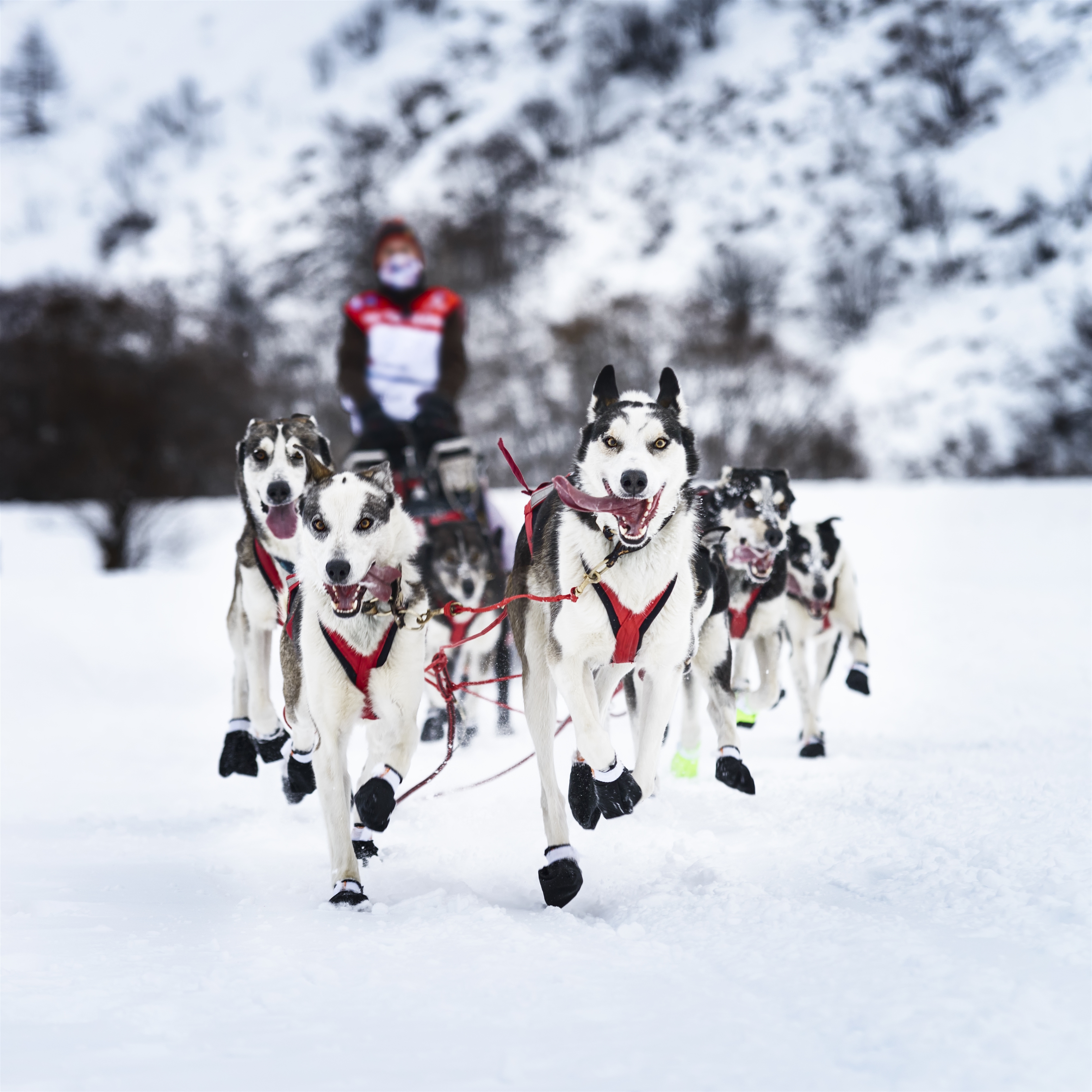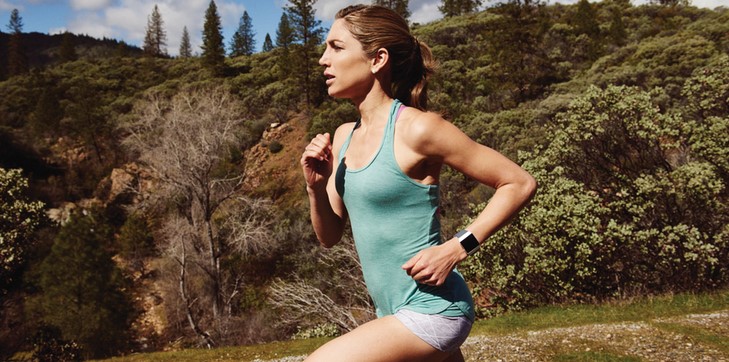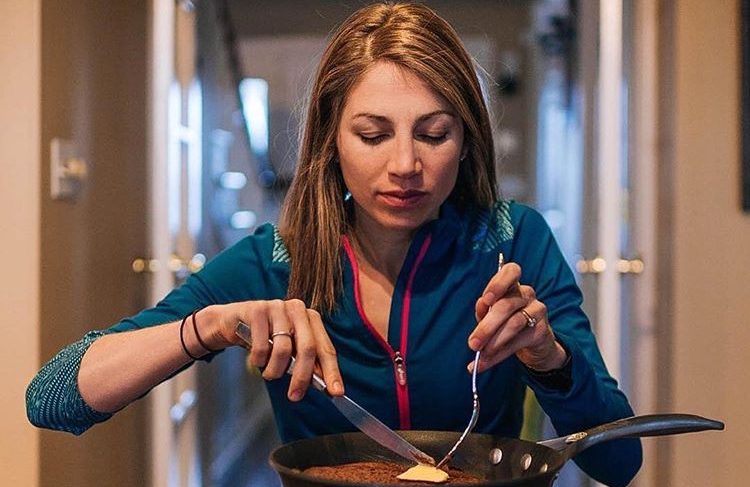When I envisioned myself as a mom before becoming one, I never thought I’d be one of those bone-broth-making super-healthy moms that takes away the hard-collected Halloween candy or brings in rice cakes to class for their child’s birthday. I am not like that myself so why would I impose that on my kids? I wanted to be the fun mom who wakes the kids up in the middle of the night to go out for ice cream! (Now this seems ridiculous on many levels)
But as with many aspects of starting my family that were different than I originally envisioned, here I was with kids that were essentially like a blank slate when it came to food. They had only eaten a few (very healthy, plant based) things and no sugar their whole lives (until the orphanage when they occasionally got sugary treats from American visitors, which usually shocked their tastebuds and they threw out). Despite never brushing their teeth, their first trip to the dentist showed no cavities simply from eating lots of plant-based foods and not eating sugar or fruit/juice. It changed the way I thought of nutrition. All of a sudden I was thinking, “what are we doing to our kids feeding them stuff that is making their teeth rot and making them obese!” I felt like it was up to me to keep them from being corrupted by America and acquiring a taste for all the foods that so easily become a part of our diet.
But try as I might, it was an uphill battle in our culture where it is always someone’s birthday with cupcakes, some holiday with desserts, or they are daily being rewarded for completing a low-bar task with candy. It wasn’t long before they developed a sweet tooth as well as a love for American junk food. However, as a parent I still can help them to crave healthy things because what you eat often is what you are going to crave, and teach them to enjoy the other things in moderation. And so far, I have been delighted that each time I serve them one of these super healthy meals that took 5-8 minutes to prepare, they act like I am Julia Child.
Each meal we serve either with Salad or Steamed/Roasted vegetables. Our kids had never eaten a raw vegetable before coming home and were very confused why we eat “leaves” (they have a point, that’s exactly what Spinach and mixed greens are!). So we took advantage of an Ethiopian tradition of feeding each other with your hands, typically done to show affection, but for us it served to stuff the spinach leaves into their mouths. But now, the trauma has subsided and my little 6-year-old’s favorite thing in the world is spinach salad, I have to actually hold her back from just eating seconds and thirds of it because her tummy is so small that she will just fill up on it.
Figuring out what language to use when we educate our kids about food has also been something we have tried to be intentional about, as we do not want to overemphasize it and draw away from the fun and experiential part of eating, but also realize that just as we educate them about every other area of life, it is up to us to teach and model what is best for them as far as nutrition. Rather than framing foods as “good” or “bad” we talk about “strong food” that is going to make our bodies strong to do what we want it to do, and food that is “not as strong” and OK in moderation. We talk about eating food close to the form God originally made it. We applaud them for making good choice and don’t guilt trip them when they don’t.
I also decided long ago that I was not making “kids meals” and adult meals, that we were not going to have picky eaters. As my pastor says “what you tolerate will grow” and since we nip pickiness in the bud when we see it it’s amazing how quickly your kids catch on and end up eating and liking absolutely everything. Here are 8 Super-Healthy Recipes our whole family adores, as well as one not-so-healthy one that is a must-make as well:
1) Ryan’s School Day Pancakes: Every single school day Ryan gets up early and makes the kids pancakes, and usually a chocolate Teff one for me (recipe below). He even will put in a daily “secret ingredient” that the girls have to guess, ranging from a tea-infusion to lemon zest. No joke, we are spoiled!
But these are not your average Bisquick carb-bomb-comma-inducing ones, these are super healthy and super-fast to make. We throw everything in a blender and use a large griddle to whip them out. They are full of fiber, protein, and some healthy fat to keep our kids alert at school without the sugar crash from cereal and milk or other common go-tos. Plus our kids love to roll them up and eat them with their hands like they do the spongy injera bread that is a staple in Ethiopia! Note: these are thin, makes 2-3 large pancakes per person
Recipe:
(one serving- we multiply x 4!)
1 cup of oats
1 scoop Muscle Milk Organic Vanilla
1 tsp baking powder
dash of sea salt, 1 packet Stevia (optional)
1 Tablespoon coconut oil
3/4 cup water
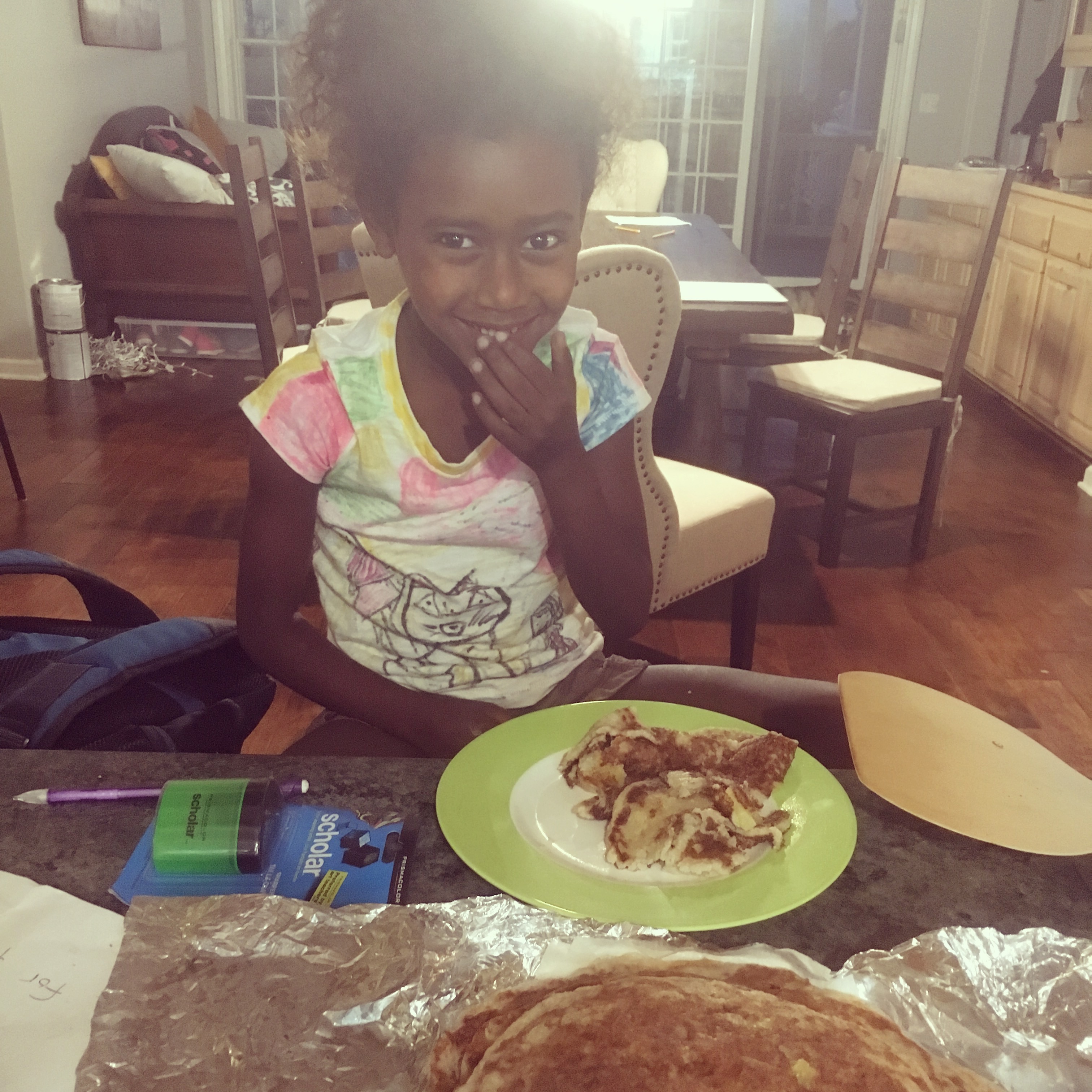
2) Super Pizza: My kids at first abhorred the sight of cheese, but now they are pizza-loving Americans and as much as I don’t want to overdo dairy I am not about to deprive them of this civil right. But we typically make our pizzas at home, thanks to a little mini pizza oven appliance Ryan gifted me for an anniversary. He knew one of my favorite things in the world is wood-fired pizza, and one day though I’d love to have a brick oven on our backyard, this one gets up to 700 degrees and does the trick pretty well. We use healthy tortillas that are high in fiber like the Ezekiel brand, which also make nice thin, crispy crust like I love. Just top with organic pizza sauce, organic mozzarella cheese (there is no replacement, do NOT use fake cheese, just don’t) and whatever else your kids want to decorate it with and you’re done! Because they are thin you often need more than one (bonus!)

3) (Bean) Pasta Marinara/Bolognese: I recently discovered all of these super awesome pastas that are made out of only lentils, or a combo of beans and lentils. I was skeptical, but we made it and it was unanimous- everyone agreed they tasted exactly like wheat pasta! It is pure magic! Perhaps there will be a lawsuit eventually for false advertising, but for now we can’t get enough of this stuff. It has a ton of protein naturally so we often toss it only with a good quality, low-sugar tomato sauce, but you can also add in a bit of grass fed ground beef for texture. (Lentil Pasta can be purchased at Costco, Amazon.com, Trader Joe’s)


4) Enchiladas: These are my kids’ favorite thing ever and when they asked me to show them how to make them I almost didn’t want to show them because they were convinced I spent all day lovingly rolling them. They are super saucy, which they love as Ethiopian food is all about salty stews. We prefer to use mild-flavored white fish like Alaska Cod or Halibut over chicken because chicken is super inflammatory, and non-organic chicken is basically the devil (I will never forget the documentary I watched about how diseased chickens just get chucked in the processor along with the rest…) Cook the fish and mix in some raw onions, black beans, and roll in whole wheat tortillas. Drown in tons of Enchilada Sauce (this Trader Joe’s brand is our favorite) and sprinkle a bit of cheese on top for looks if you desire, and bake at 350 til they look done.

5) Alaska Salmon Burgers: Available at Costco in the frozen section or online, these are a huge crowd pleaser and surprisingly healthy. When soccer takes over my life, these are my go-to. They just need to be heated basically and grilled is the best way. At first I was skeptical of them, but then I saw that all they contained besides wild Alaska salmon were a little oil and spices. Serve in a bun or with a side of rice, and you’re done. Multiple days a week our kids even take these in their lunches for sandwiches (don’t get me started on how gross lunch meat is! Plus these are cheaper per pound that that nasty pressed together stuff). When I have a bit more time I like to make my own out of canned salmon (recipe here: http://www.wildalaskaseafood.com/recipe-listing/feed-your-fitness/)
6) Yum Bowls: Basically a free-for-all rice bowl of whatever is in the fridge but typically either Mexican or Asian in flavor profiles. In an ideal world, rice, black beans, cabbage, cilantro, multiple salsas, stir-fried veggies, grilled Alaska salmon or halibut, avocado, and jalapeno but we are pretty liberal with what we throw on there. Just grill some Alaska fish filets, make rice in a rice cooker, and let your kids go crazy with toppings.
7) Ethiopian Food: We try to keep up their culture in many ways, including food, which is fortunately super healthy. They use a ton of spices which are very anti-inflammatory, and staples that include kale sautéed in garlic and onions, lentils cooked with garlic, onions and ginger, and “shiro” a powder of different beans and legumes that you throw into boiling water and salt to make a delicious spicy, salty stew. Here is one recipe for a split pea stew:
Ethiopian “Aterkerk” (yellow split pea stew)
Ingredients
4 medium onions
1/4 cup olive oil
1 16 oz. bag yellow split peas
1 T turmeric
1 tsp. ginger
1 T minced garlic
1 tsp salt
Instructions
In large, heavy pot, cover peas with 3” water and boil. Cook until tender
Meanwhile, chop or puree the onions in a food processor. Cook into oil until they’re and light brown. Add the spices and salt. Add the cooked split peas (water included) to the onion mixture and simmer.
8) Brownie Bomb Pancakes: **NOTE: These contain caffeine and I would NOT feed these to your kids, because does anyone want caffeinated kids?! ** I couldn’t write a food blog without including this recipe that makes me bounce out of bed every morning with excitement. Too good to be true that they are healthy, but once in a while something actually is! The base is teff flour (available from Bob’s Red Mill or on Amazon.com) the Ethiopian super grain that the runners swear by that’s super high in iron, fiber and gluten free.
1/2 cup teff flour
3 tablespoons cocoa powder (or over 1/4 of a cup as I love! The darker the better!)
1 teaspoon baking powder
dash Himalayan sea salt
1 scoop Organic Muscle Milk chocolate protein powder
Stevia to desired sweetness (taste the batter before you make
it- I use 6 1g packets)
Add water and mix til you get a slow drip… Pour onto heated nonstick fry pan. Makes one large pancake. (We eat it straight out of the pan so that it stays hot and doesn’t get soggy! With at least 1 Tablespoon Kerrygold butter, which we use to top each bite with a little bit)
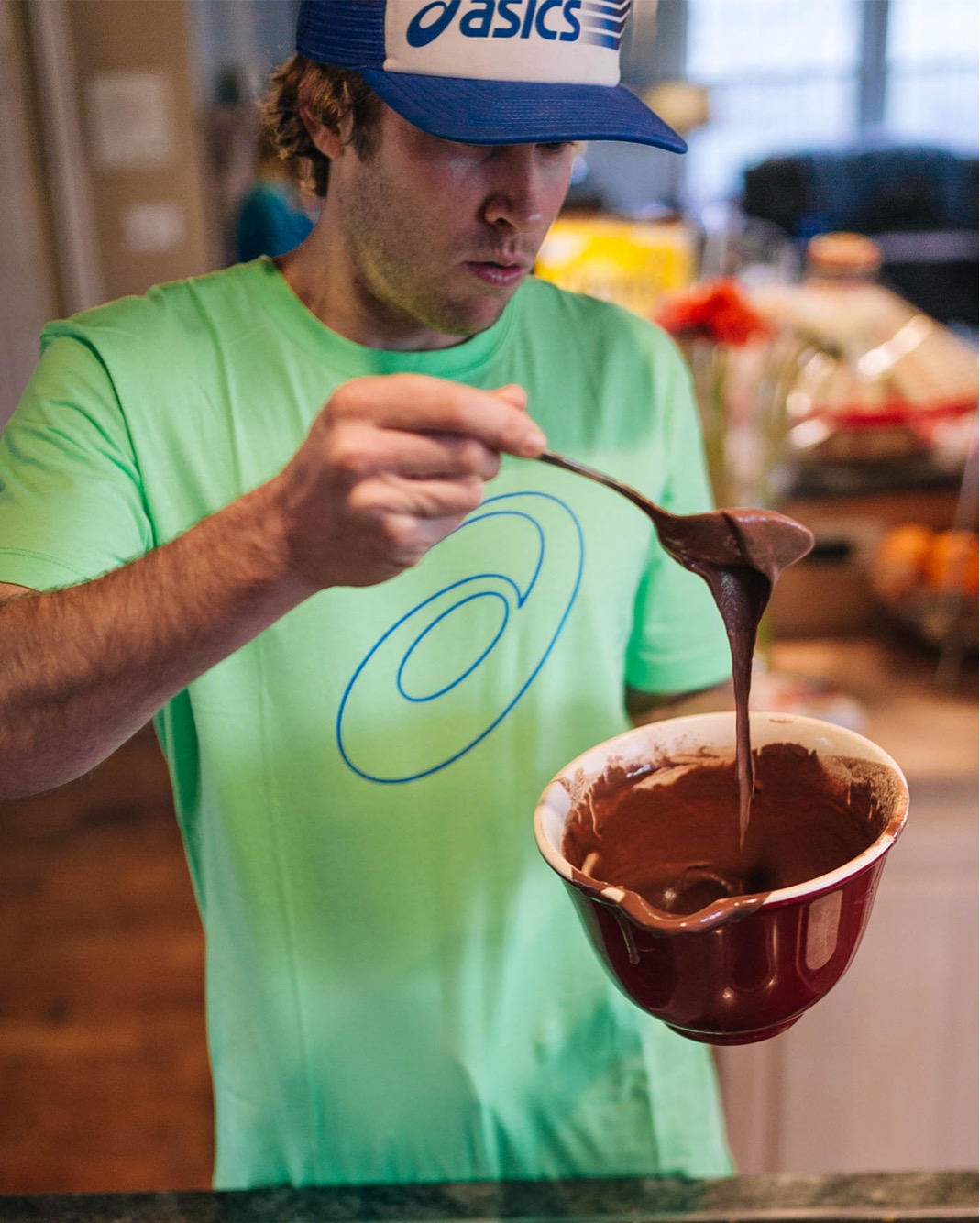
9) Pure Heaven: Our Wedding Pie
Because life is too short to live in deprivation, I bring you the closest thing to heaven you will ever experience on earth- my mom’s Swedish apple pie. This is not your typical pie, it’s like a large deep dish cookie with a bit of apple. So good that we made 30 of them for our wedding instead of cake! Don’t even think about substituting anything to make it healthier. It is super easy to make and have not met anyone who doesn’t like it, so next time you need to impress people, here you go, you’re welcome:
Swedish Apple Pie
“makes its own crust”
4 cups sliced, peeled apples
2 Tablespoons brown sugar
1 teaspoon cinnamon
1/2 cup butter (MUST be butter!)
pinch salt
1 cup sugar
1 cup flour
1 egg
1/2 cup chopped nuts
Fill a 9-inch pie pan with apples. Sprinkle with brown sugar and
cinnamon. Mix butter, salt, sugar, flour, egg and nuts together;
sprinkle on top of apples. Bake at 350 for 1 hour. Serve warm with
vanilla ice cream.

For more kid-approved recipes we created using Alaska seafood, check these out: http://www.wildalaskaseafood.com/recipe-listing/feed-your-fitness/
You can also get a free hardcopy of these in cookbook form mailed to you by emailing “Fitness” to FeedYourFitness@alaskaseafood.org
Would love to hear some of your family’s favorites as well! Enjoy! Xx
~ Sara
